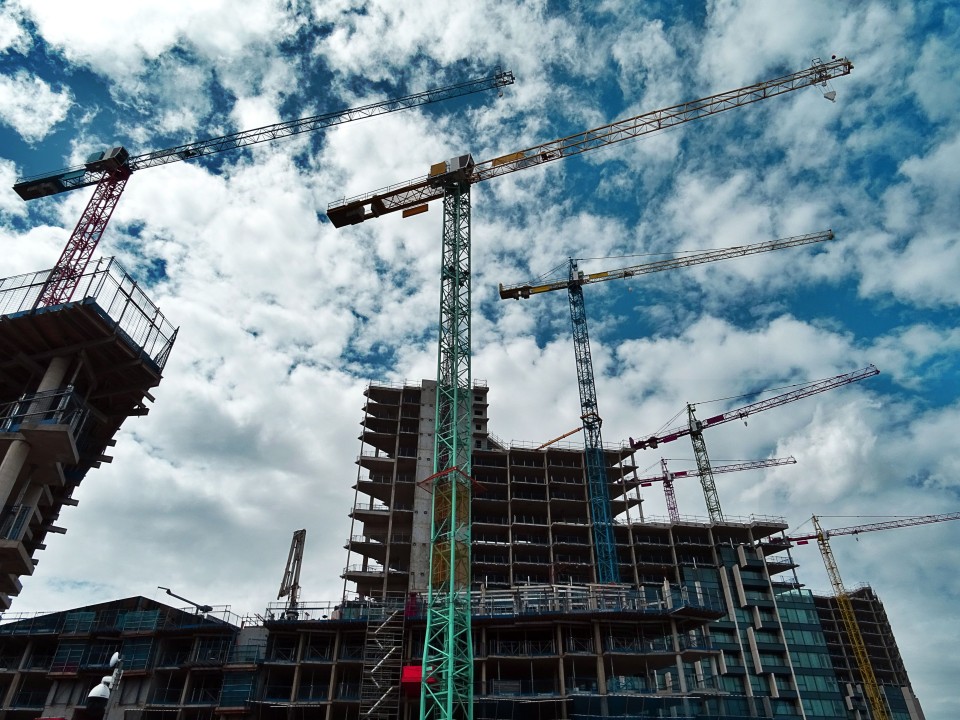
![]()
Ireland’s infrastructure is catching up with its EU neighbours, but housing and planning remain a challenge according to a report by the Irish Fiscal Advisory Council.
Ireland's budgetary watchdog says there remains significant shortfalls in four key areas, including housing, healthcare, transport, and electricity.
Capital stock — a measure of its overall infrastructure — was well below average in the mid-1990s.
Ireland’s infrastructure is now 25% lower than average for a high-income European country.
There are obvious areas where Ireland’s infrastructure is underdeveloped including housing, health, transport, and electricity according to IFAC.
More investment will be needed to transition to a greener society they say, and doing so will reduce pollution, improve health outcomes, and help Ireland avoid costs of missing its legal targets.
Given the scale of these deficits and challenges, multi-year planning is needed to address the issues. If the Irish economy and population continue to grow, demand for infrastructure will continue to increase.
The planning and regulatory environment is a barrier to investment. At present, it means it takes longer and is more expensive to deliver housing and other major projects.
Reforming the planning and objection system could aid the delivery of housing and other infrastructure. This would not cost a significant amount of money, relative to overall government spending. Time will tell if the new Planning and Development Act will bear fruit.
Capacity constraints will make it difficult to address these deficits quickly. Many of these projects will require additional construction workers. Overall, they estimate that almost 80,000 additional construction workers would be required to address Ireland’s infrastructure deficits (this equates to a 47% increase from current levels).
Given construction workers are already scarce in Ireland, this is a significant barrier to resolving infrastructure shortfalls.
If productivity improved in the construction sector, less than 20,000 extra workers would be required. Some additional public investment may be required to address these infrastructure deficits.
They say they find that the additional public investment required is modest relative to present levels of spending. However, before increasing spending, reallocating some existing spending could improve outcomes. The efficiency of investment could also be improved.
Given the economy is already performing close to capacity, it does not require additional money being pushed into it. As a result, any additional investment they argue, could be offset by increasing taxes or reallocating existing spending.
Using offsetting measures like this would mean extra investment could take place without adding to inflation. This would keep the cost of living down and help maintain Ireland’s competitiveness.